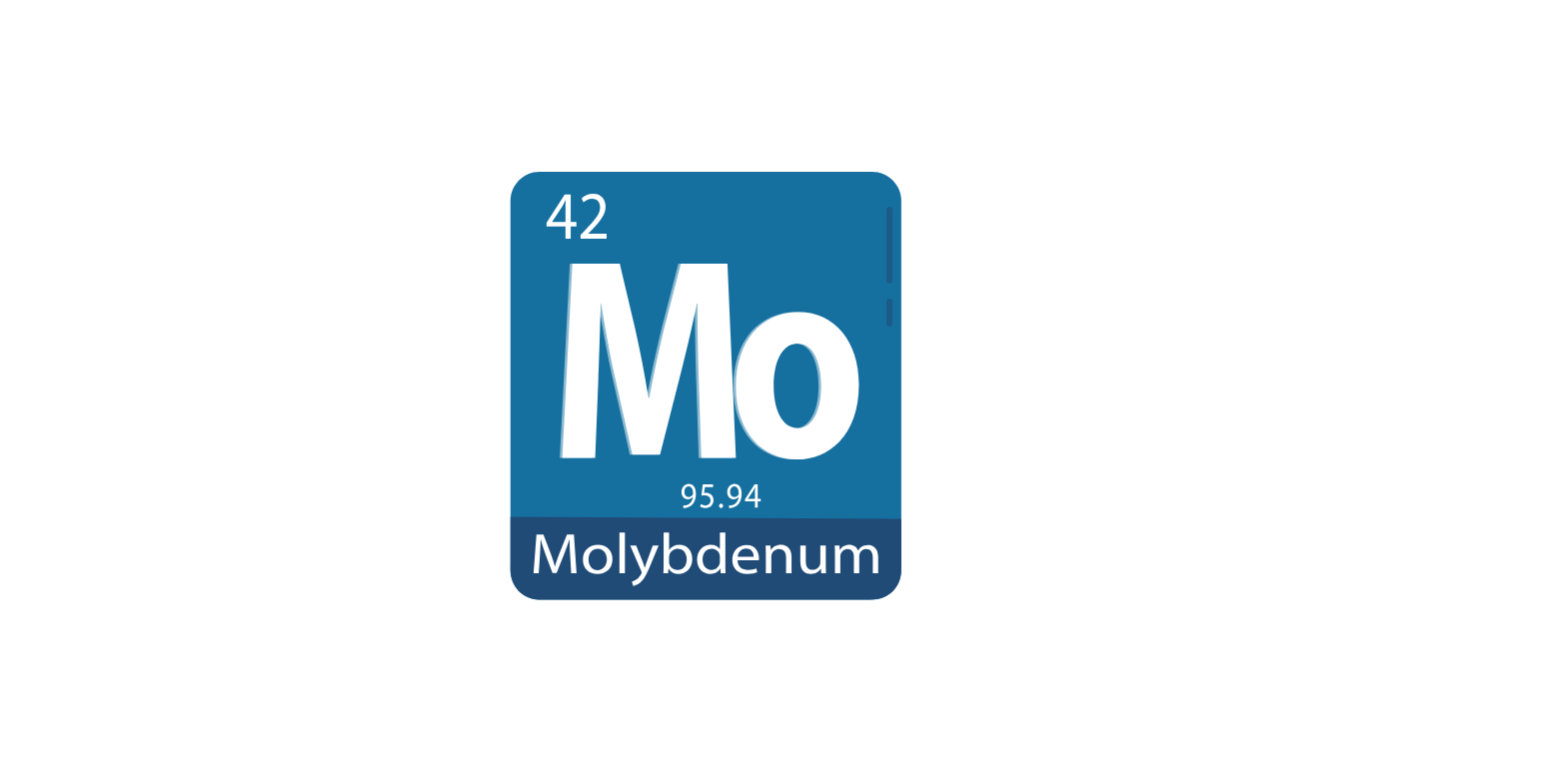 Money, Mo Problems: Mastering Molybdenum Machining
Money, Mo Problems: Mastering Molybdenum Machining
Unlock expert machining techniques to enhance precision, reduce wear, and optimize your molybdenum applications.
Understanding Molybdenum Machining
Molybdenum is a high-strength refractory metal used in aerospace, medical, and industrial applications. Its extreme melting point (4,753°F), low thermal expansion, and corrosion resistance make it indispensable. However, machining molybdenum requires specialized techniques to avoid excessive tool wear, chipping, and heat-related deformation.
For more information on molybdenum grades and sourcing, visit our Molybdenum Alloy Suppliers page .
Key Challenges & Solutions
Brittleness and Chipping
Molybdenum’s brittle nature makes it prone to chipping and cracking under high cutting forces. The key to preventing this is using high-quality carbide or PCD cutting tools, ensuring they have sharp cutting edges and moderate feed rates.
Work Hardening & Heat Management
Excessive heat buildup can cause molybdenum to work-harden, increasing tool wear and machining difficulty. Applying the right coolants, such as sulfur-based oils, and optimizing speeds and feeds help mitigate heat issues.
Best Practices for Machining Molybdenum
Tooling Selection
Using the right tooling can drastically improve machining efficiency. Carbide (C2 grade) tools offer superior durability, while high-speed steel is an option for short runs. Maintaining sharp edges and using proper coatings can enhance performance.
Optimal Cutting Speeds & Feeds
Slower speeds with higher feed rates reduce heat buildup, minimizing work hardening and improving tool longevity. Recommended speeds: 45-75 sfpm (roughing), 175-600 sfpm (finishing).
Choosing the Right Molybdenum Supplier for Long-Term Success
Partnering with an experienced molybdenum supplier ensures consistent quality, precision machining, and long-term reliability. We offer high-purity molybdenum, tailored solutions, and expert support for your industrial needs.
For a full breakdown of technical properties, Download Our Molybdenum Machining Guide .
Sales@efineametals.com | 800.348.6268
Frequently Asked Questions
What industries use molybdenum?
Molybdenum is widely used in aerospace, defense, electronics, medical, and industrial applications due to its high strength, heat resistance, and corrosion resistance.
What certifications should a molybdenum supplier have?
Look for suppliers with AS9100D and ISO 9001 certifications, which ensure quality management and adherence to stringent industry standards for aerospace, defense, and high-tech applications.
What makes molybdenum difficult to machine?
Molybdenum is brittle at room temperature, prone to chipping, and has poor thermal conductivity, requiring specialized cutting tools and precise machining techniques.
What are the best cutting tools for molybdenum?
Carbide (C2 grade) and polycrystalline diamond (PCD) tools are recommended for molybdenum machining due to their durability and resistance to wear.
What coolants should be used when machining molybdenum?
Sulfur-based and highly chlorinated cutting oils are most effective in reducing heat buildup and preventing work hardening during machining.


